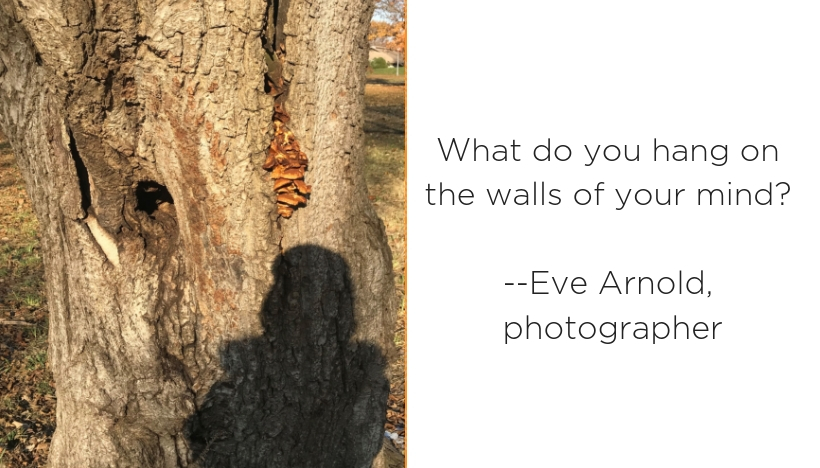When we ask ourselves what we offer to our students to hang on the walls of their minds, our answer can often be summed up as what they find by reading books. The following three journal article authors give us perspectives on why we select the books we do, how those books—in class or in libraries—support student learning, and what to do if a book is challenged.
Karen A. Krasny of York University writes in “The Book—Kindle’ing for the Mind” (Journal of the Canadian Association for Curriculum Studies, Volume 8, Number 2, 2011):
The function of the book to kindle or arouse an emotion or an image is fundamental to the human capacity to think metaphorically. . . .
Above all else, the book grants us the existential freedom to confront the fundamental ambiguity and diversity of human existence (Krasny, 2004).
Megan Schliesman notes the following in “Focus on Policy: Intellectual Freedom” (Language Arts, January 2008):
Choosing books that children and teens will read, hear as a read-aloud, or have access to for independent reading is a powerful and empowering act that teachers undertake on behalf of their students. It is the first step on a journey that can open readers’ eyes and minds to the power of words and language, and that can foster their ability to think deeply and critically and make astonishing, essential connections.
Ken Lindblom, editor, English Journal, states in the September 2012 issue:
Reading good literature—of almost any type—is amazing because it provides rich experience without the negative repercussions that lived experience inevitably requires. We want students to read stories to learn more about life than one person—especially in adolescence—can learn from his or her own life. We want students to learn more about themselves by living vicariously through characters they meet in the pages of good books. We also want students to read to develop a sense of shared experience, Which can come from reading and discussing some of the same texts. And, we want students to develop empathy regarding the backgrounds, circumstances, and needs of others who are not like themselves. The best learning, the richest experience, the most meaningful and lasting empathy comes from connecting with vibrant characters whose literary lives grip our attention and become part of how we think about the world.
Schliesman gives advice on how to handle a challenge to the books you’ve chosen:
Even if your reading list includes often-challenged books, such as Katherine Paterson’s Bridge to Terabithia (most often challenged because of swearing) or Lois Lowry’s The Giver (cited for “mature themes” such as euthanasia, infanticide, suicide, and sexuality), don’t single out books for attention (unless your district requires permission forms or other communication about specific titles). Instead, provide an overview of everything you will be reading together. Explain that students will be challenged in many ways throughout the school year, including reading and discussing books that offer rich exploration of a wide range of themes relevant to their lives and the world in which they live. Express confidence in their abilities as thinkers and learners, and your ability as a teacher who can help them navigate challenging material. Invite families to ask questions and share their concerns about anything happening in the classroom. . . . If a concern or complaint does arise about material in the classroom, the question that teachers must be prepared to answer is not why a particular book with a word or picture or scene or idea that someone has found offensive is in the classroom, but rather how that book—and all of the other materials required and available—supports the curriculum, the standards, and the learning environment they are creating for their students.

